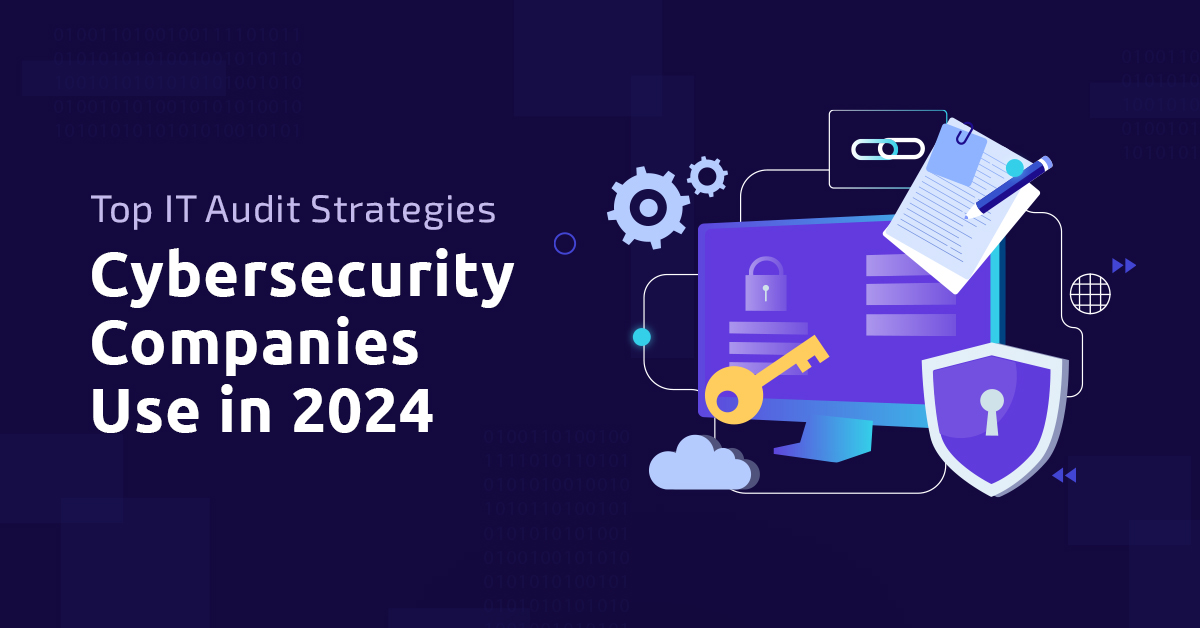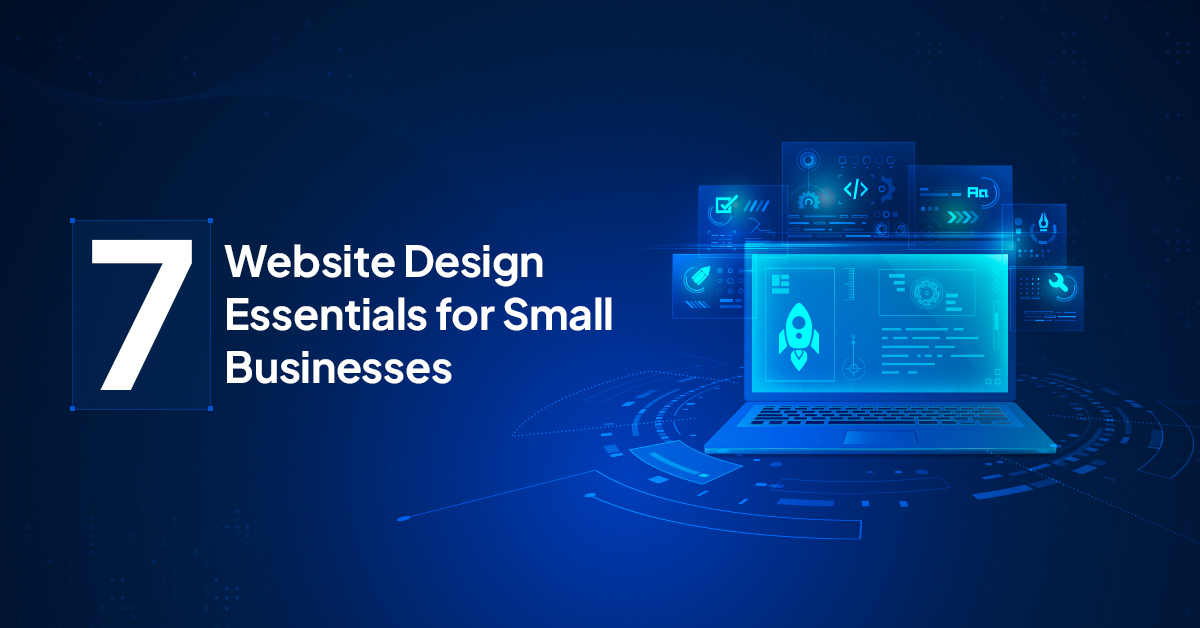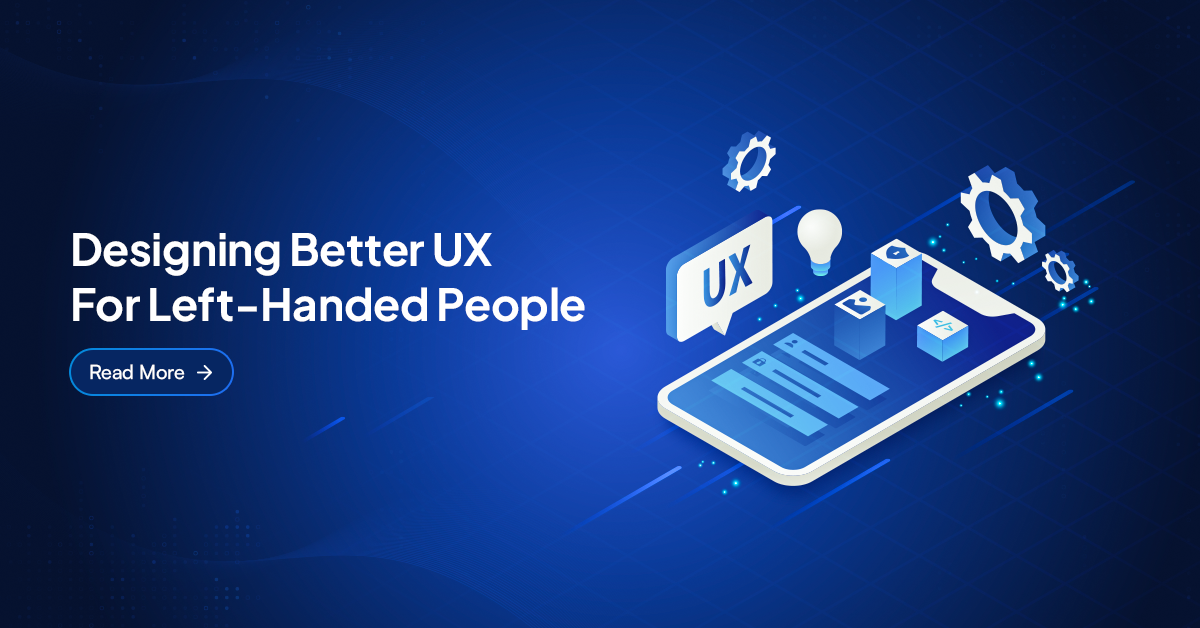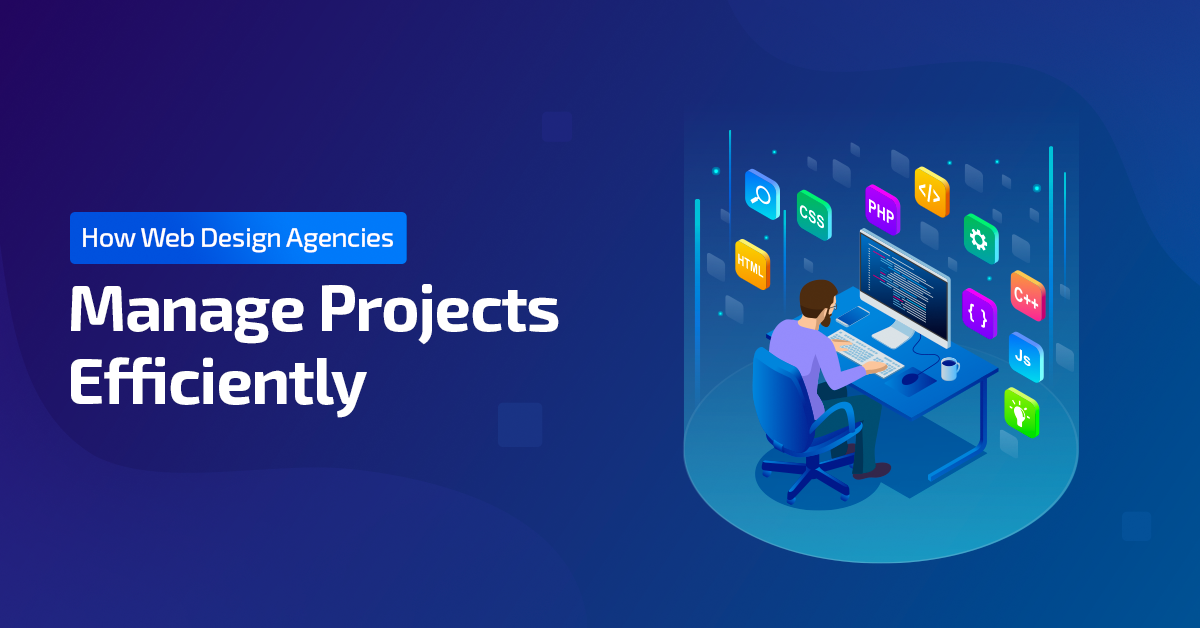
Auditing demands technique and professionalism for this professional to dig up and release system vulnerabilities for a client, such as an organization. Therefore, new and experienced software auditors should adopt various techniques like observation in IT audits.
This tech blog will single out the most recommendable techniques:
Data Analysis
An auditor uses modern tools like an ACL, to scan through the client’s voluminous data to single out an anomaly or noticeable evidence of non-compliance.
Inquiry
A second technique is to summon the suitable company’s staff members to know about the available controls. Further, the auditor should contact the organization’s manager to learn if they track the visitors who grace their data center.
Remember that in a few cases, the auditor may have to visit the data center to monitor specific activities.
System Observation
Thirdly, the auditor may remotely observe if particular processes happen, especially for select controls. For instance, this professional may inspect if a client’s data center’s tech, like a heating, ventilation, and air conditioner (HVAC) is functional.
Similarly, the client may observe the company’s security system (CCTV) to see if the camera is surveilling specific sections like the main gain.
Examination (Inspection)
Technically, this is another crucial system auditing technique after successful observation closure. For instance, the auditor may want a document confirming whether a client’s control is functioning well.
Recalculation (Or Re-Performance)
Unfortunately, all the other techniques might not offer a convincing reassurance that your company’s control is operational. In this case, the auditor needs to test the system on-site to confirm that all its controls are functional.
Examples of Systems You Can Audit through Observation
Here is a list of the physical controls you can inspect to audit in 2024:
1 – Keycard
An auditor may track a client’s keycard to see whether it strictly grants access to authorized people.
2 – HVAC System
Secondly, the auditor may monitor the behavior of an automatic air conditioner to ensure it serves the client. For example, this equipment should heat the house once it senses a considerable temperature drop.
3 – UPS Device
Thirdly, the professional can observe how this equipment behaves when power goes off unexpectedly. Remember that some systems like servers and laboratories may need electrical supply 24/7.
4 – Biometric Access System (BAS)
Finally, this IT professional can inspect this device to determine if it can store unique features like a client’s fingerprints. Good auditing and maintenance ensure this technology restricts access to authorized persons like the department’s staff.
5 – CCTVs
An auditor can inspect a surveillance system to ascertain whether it operates as expected. For example, they can connect to this system to determine whether a security camera can work in the dark.
Similarly, they can observe how a few automated software controls behave to recommend corrective measures.
Conclusion
Finally, the order of the above strategies counts when auditing a client’s system to mitigate all the discovered threats. Interestingly, an IT staff can contribute during observation in IT audit by disclosing more system inefficiencies or weaknesses for quick resolution.
NTSPL bolsters the IT audit process via comprehensive observations to assess any risks and gauge how effective internal controls work and if they comply with global tech standards. Doing this ensures that companies notice vulnerabilities on time and in turn offer tangible recommendations to combat any risks. In essence, NTSPL has ensured companies make strategic tech decisions regarding observation in IT audit.





